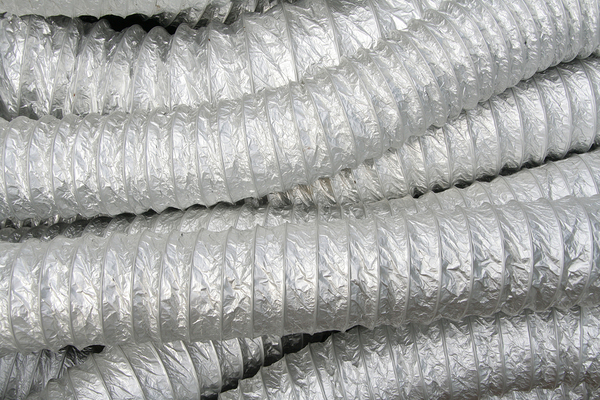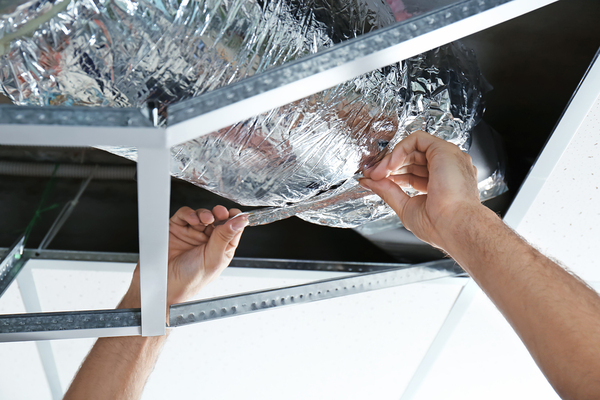
Leaky air ducts waste energy and money.
People love to use duct tape for a wide variety of purposes — even decorative — but this handy product was originally made to stop air from leaking out of the seams of ducts.
As a home inspector, you are likely to frequently encounter homes with ductwork.
The Department of Energy says most homes in the U.S. are heated with a furnace or boiler. Boilers work by sending hot water or steam through pipes throughout a home. Many old homes have radiators, while newer ones may have radiant heat under the floorboards. Another method of heating with a boiler is piping the home’s hot water along baseboards.
However, more homes today use furnaces than boilers, partly because of the cost. Although over the long run boilers are cheaper to run, the outlay to get one installed is much higher.
So you will likely see more furnaces in your home inspection than boilers, and this heating method forces hot air through ducts. When you consider the term “forced hot air,” you can see the potential for leaks in ductwork.
Leaks Make Homeowners Feel Like They’re Living in a Barn
Leaks are bad because they’re wasteful. They cost the homeowners money, and they are left uncomfortable to boot. When warm air seeps from the ducts, less of it comes out of the heat registers, and homeowners have to turn the thermostat up higher in order to remain comfortable. But the more heat they use, the more they waste. The concept is the same with AC systems.
How can you tell if the home you are inspecting has leaky ducts?
It’s challenging, GreenBuildingAdvisor.com says. HVAC professionals using special tools and techniques can have a hard time pinpointing wastage in the system. They have methods of identifying efficiency, but righting the problem is sometimes not even possible.

Use foil tape to seal leaks in air ducts.
Sealing Obvious Leaks
Although ducts run throughout a home, the most likely point of wastage is where they connect to the cabinet, since the pressure is highest here.
We mentioned duct tape before, but today, the preferred way to stop leaks in ductwork is with mastic or foil tape. This should also be used to block any unused, factory-made holes in ductwork. However, use putty to seal off leaks around piping, condensate, and refrigeration lines.
Even if the home is fairly energy-efficient, taking these steps can only help. As a home inspector, you can recommend taking these measures to seal up holes near furnaces and A/C units. But you should also evaluate the ductwork throughout the rest of the home.
How to ID Leaky Ducts
Keep an eye out for damaged ductwork — separation at the seams, dents or holes, rusting, splitting, tearing, etc. If you find no damage, turn on the system and use your hands to try to feel any drafts coming from the ducts. Use a match or smoke pencil to identify leaks that are hard to detect with just your hands.
Make note of any areas that seem leakier than others and refer the potential homeowners to an HVAC professional. While these experts can do a more thorough testing and can likely make repairs to improve efficiency, they can’t always necessarily fix the problem. It’s hard to pinpoint exactly where the system is leaking, and often some of the ductwork is inaccessible because it is behind the home’s walls. Opening up a wall to seal a duct leak is rarely cost-effective.
There’s no substitute for experience as a home inspector. But going the extra mile and getting inspection training to get your home inspector certificate gives your business the legitimacy and endorsement you need to be successful.
To learn more about becoming a certified home inspector, check out our website today
The post Inspecting an HVAC System for Duct Leaks appeared first on Home Inspection Training & Certification Online.
